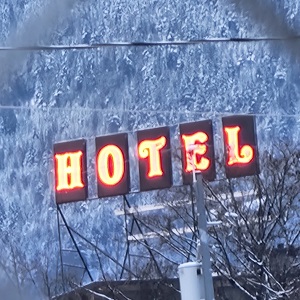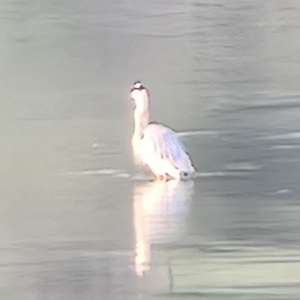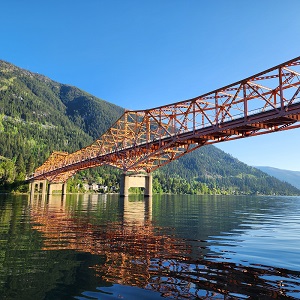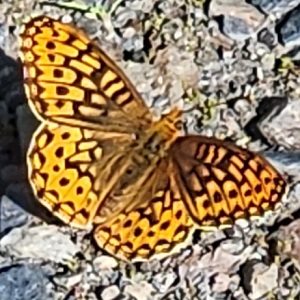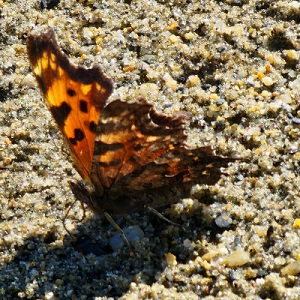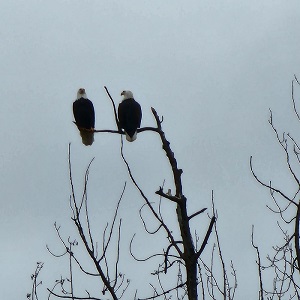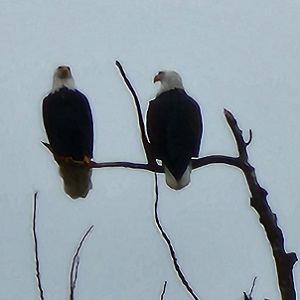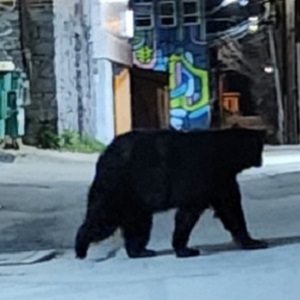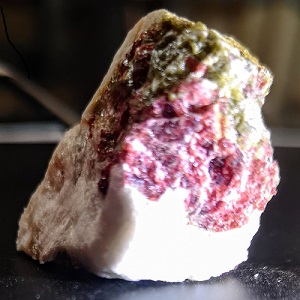In which they cross over the rockies, go down the Columbia, spend the summer on the West Coast, returning the following year. While Lewis & Clark do split up after crossing the rockies they do not go into the territory of Yellowstone or the Black Hills, which rather disappointed me as I would like to have read their observations. And again the superfluity of game, black bears, grizzly bears, bison, elk, moose, wolves, swift foxes, etc, etc.
The second volume again reminds one of the horrors that were commonplace, flies, mosquitos, gnats, ticks, abscesses, the scourge of illnesses now largely extinct or forgotten about....
Descriptions of unknown illnesses cured through sweat lodges, of a Chief lying perfectly still, a paralysis of sound mind and body, for 3 years, descriptions vague enough that no concrete diagnosis can be made.
Then, on the Pacific side, there are the descriptions of the countless villages and charnel houses they investigated along the way; the grave goods offered, the sacrificing of horses to honour dead tribe members. And the descriptions, largely unflattering, of the various tribes they encountered, the head-binding & shaping techniques used to mark identity amongst different tribes, their various appearances and customs, etc, etc.
One highlight, the return of a medal bestowed upon a chief, the chief knowing to be wary of strangers bearing gifts, a tale as old as time, because with the gifts attend the invisible miasma of disease, guns, war, and change.
Now - as interesting as that all was, and informative, it's time now to try and find some contemporaneous native writings on Lewis & Clark to, to try and understand and see the other point of view, too often we're left with the victors narrative and miss out on the impression they might have made upon the tribes they contacted, which would be as valuable. Lewis & Clark were only heroes to the American Government, I suspect strongly they were not so well regarded by the locals...

